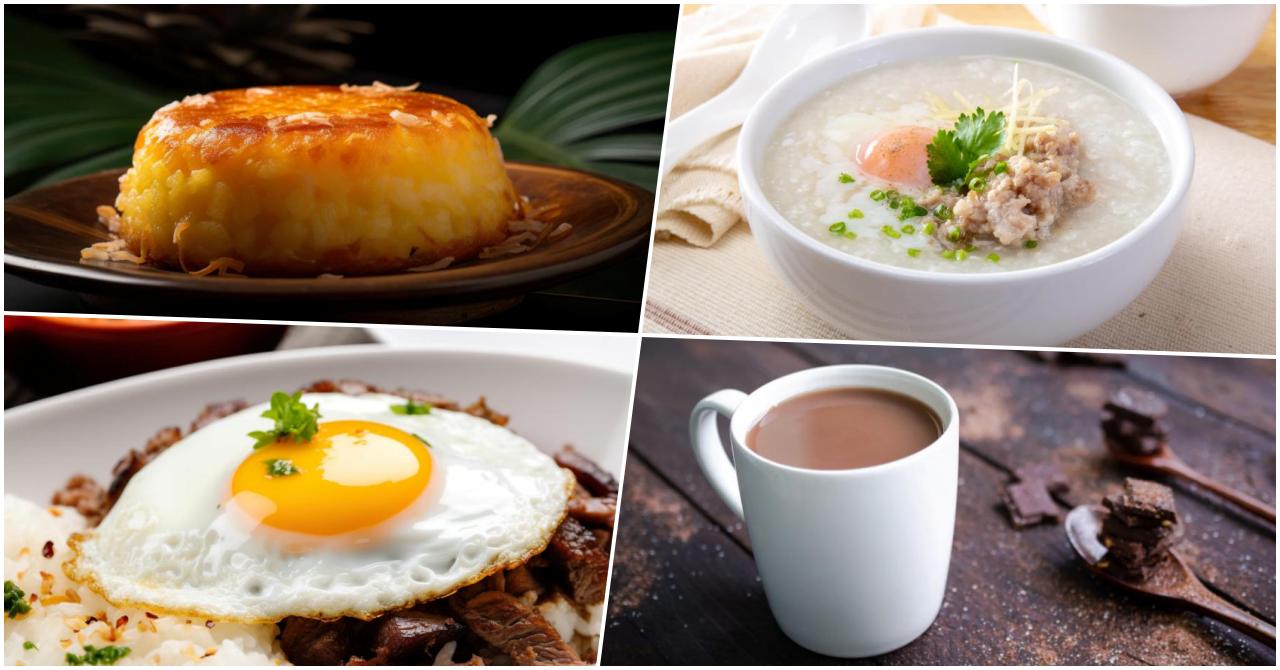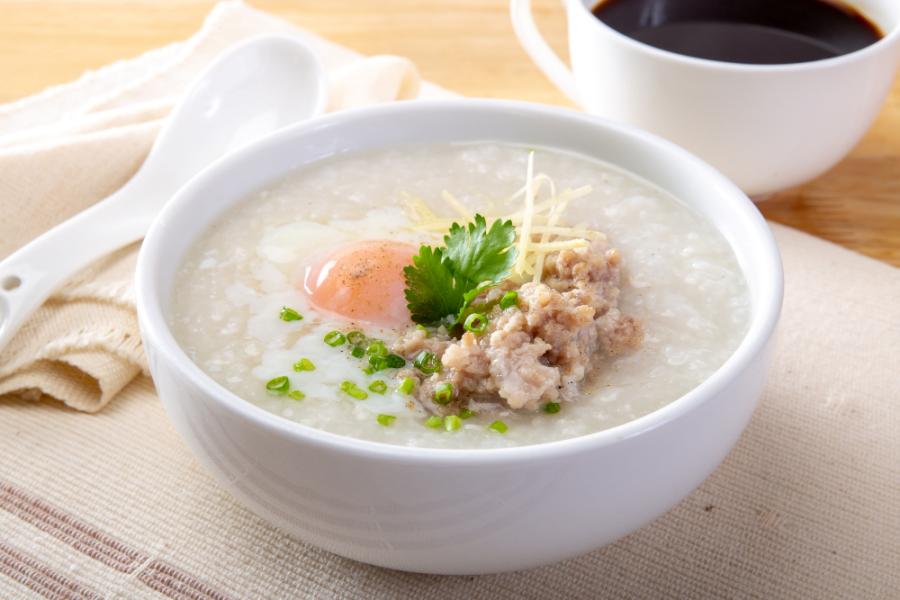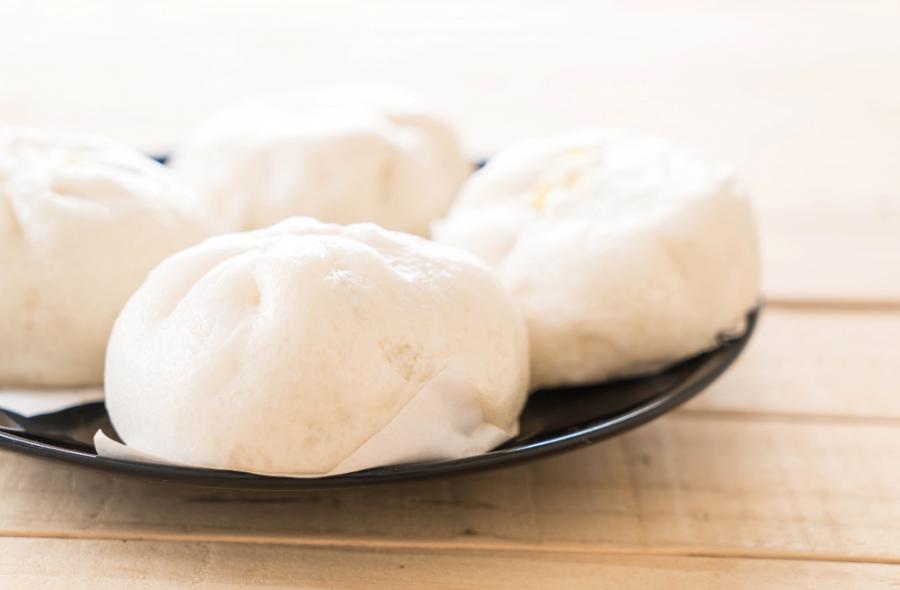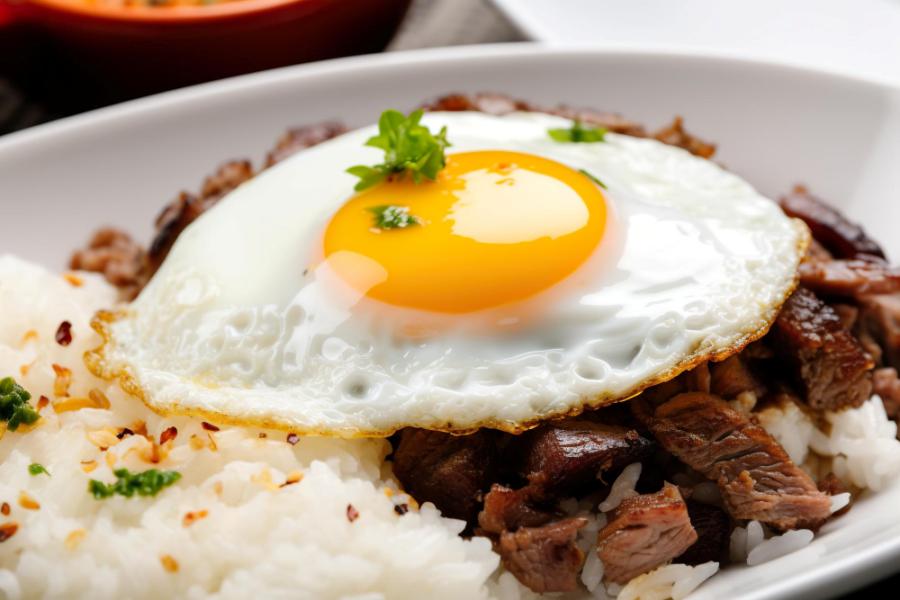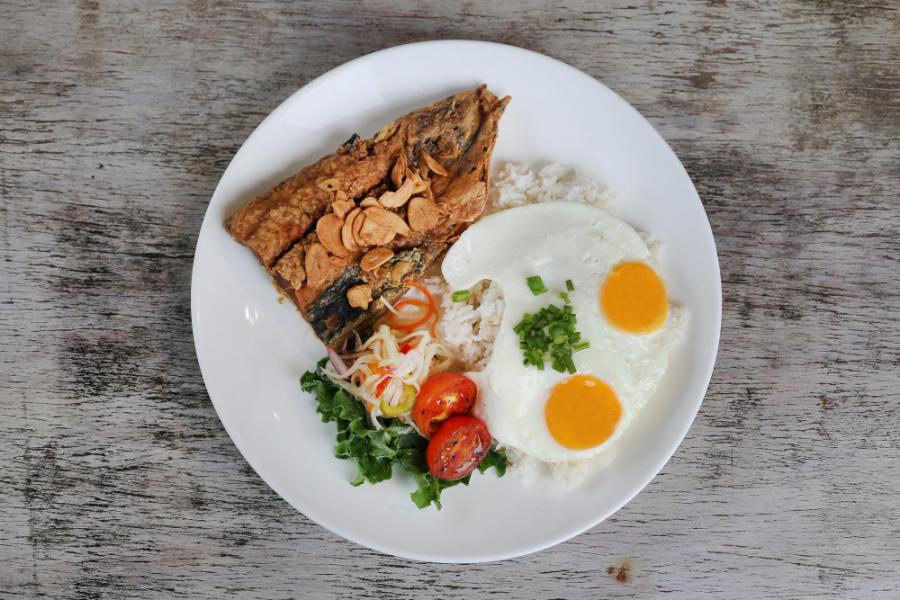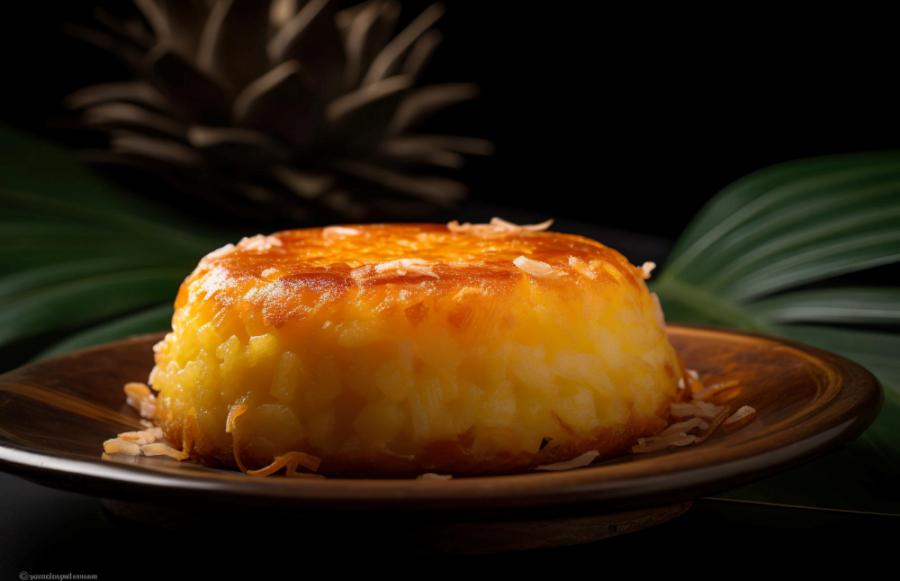In an earlier post, we talked about Pinggang Pinoy, a meal plan guide designed to help Filipinos stay fit and healthy. Today, we will discuss about another food-related topic: Pinoy breakfast!
What comes to your mind when you think of Filipino breakfast? Pandesal… Champorado… Sinangag… or all of the above? In this article, let us explore the vast array of dishes that most Pinoys enjoy as their first meal of the day!
Top Filipino Breakfast Ideas
Below is a list of the most popular Pinoy breakfast dishes of all time. Since the staple food of Filipinos is rice, don’t be surprised to see that most of these dishes include rice as a main ingredient.
And so, without further ado, let us explore the following Pinoy breakfast ideas!
1. Pandesal
Early in the morning, most Filipinos head to their local bakery to buy some hot, freshly baked pandesal. In Spanish, the term “pandesal” literally means “salt bread.” However, this Pinoy pastry is actually a little sweet, with a soft and chewy texture.
Pandesal can be filled with peanut butter, jam, or any other filling; it can also be eaten on its own. Some like to dunk it into a steaming cup of coffee or hot chocolate. Yum!
These days, varieties such as ube (yam) pandesal and pandesal with malunggay (moringa) bits are becoming popular. Whichever way you like it, pandesal remains a popular Pinoy breakfast favorite!
2. Ensaymada
For more than 300 years, the Philippines was a colony of Spain, so aside from the language, the Spanish influence is evident on Filipino cuisine. One example is the ensaymada, albeit a “Pinoy” version.
Philippine ensaymada is a type of pastry that’s topped with lots of butter, sugar, and grated cheese. It’s usually eaten for breakfast or as a snack. During the Christmas season, boxes of ensaymada are typically given as gifts between families and friends.
Similar to pandesal, varieties such as ube ensaymada and chocolate ensaymada have also become popular these days.
3. Lugaw
Lugaw is the first dish (among many) on this list with rice as the main ingredient. Basically, it is the Philippine version of rice porridge — flavored with chicken stock, fish sauce, ginger, garlic, and onions. A bowl of lugaw is usually topped with boiled egg, spring onion slices, and fried garlic bits. You can also add pepper to taste! Some like to sprinkle calamansi as well.
When cooked and served with chicken, the lugaw is called “arroz caldo.” Meanwhile, if it’s cooked with pork tripe and intestines — the proper term is “goto.” There’s even a dish called “bulalo-gaw,” which is actually a mix between lugaw and “bulalo,” a popular beef soup dish.
4. Suman
Have you ever been to a Filipino fiesta? You might have noticed the suman — a sticky rice dish that’s wrapped and cooked in banana leaves. You can enjoy it on its own, or sprinkled with some sugar or “latik” (caramelized coconut cream syrup).
Suman may be eaten for breakfast or as a snack… anytime of the day! It is best paired with coffee, hot chocolate, and other hot beverages.
5. Champorado
Similar to lugaw, champorado is basically rice porridge… but in chocolate flavor! If you love chocolate, then this dish is for you!
Champorado is flavored with tablea (cocoa), milk, and sugar. You can top it with bits of tuyo (dried, fried fish) or dilis (small, crispy fried fish). That may sound weird, but the sweetness of champorado and saltiness of the fish actually complement each other!
6. Chicken Mami
Aside from the Spanish, the Chinese influence on Philippine cuisine cannot be denied! One such example is chicken mami, or chicken noodle soup. In many restaurants and street corners around the country, this dish is often served to Pinoy foodies.
Other than chicken, “mami” soup is also made with beef, pork, or even siomai (dumplings), which is yet another Chinese dish!
7. Siopao
Speaking of Chinese influence, who can forget the siopao? This is a steamed bun stuffed with a variety of fillings, such as bola-bola (ground meat) and asado (braised, barbecued pork).
Siopao can be enjoyed on its own, or paired with mami for breakfast or as a snack. Nowadays, new varieties of siopao fillings are getting popular — adobo, chicken, tuna, and even pizza flavor!
8. Sinangag
For our next breakfast dish, let’s get back to rice — fried rice with garlic bits, that is — better known as “sinangag.”
Other than garlic bits, the sinangag may also contain pieces of ham, chicken, beef or other “leftovers” from last night’s dinner. Sinangag may be enjoyed on its own, or paired with fried eggs. Yum!
9. Torta
Speaking of eggs, have you ever tried “torta” — the Philippine version of scrambled eggs? Simply add some sliced onions and tomatoes to your eggs, sprinkle some salt, and you’re good to go!
If you want to level up your scrambled eggs or omelet, consider creating these “torta” variations: (a) tortang alamang/hipon, which is made with krill or small shrimp; (b) tortang giniling, which contains ground meat; or (c) tortang talong, or eggplant omelet.
Not only are these dishes great for breakfast… but also for lunch, dinner, or anytime of the day, really!
10. “Silog”
So far, we’ve mentioned sinangag (fried rice) and itlog (egg). Now, let’s put them together and we have “silog,” a combination of rice and egg — to which we will add a variety of meats!
First, there’s “tapsilog,” which is a combination of tapa (dried cured beef), sinangag, and itlog. The result is a hearty, filling breakfast dish that will leave you feeling full… until lunch time, that is!
In addition to tapsilog, here’s a list of other “silog” variations: longsilog (with longganisa or Filipino sausage); tocilog (with tocino or sweet, cured meat); bangsilog (with bangus or milkfish); cornsilog (with corned beef); and spamsilog (with SPAM). Cool! Many of these are further discussed below.
11. Longganisa
Longganisa (Filipino sausage), is based on the chorizo, or Spanish sausage. Each part of the country actually has a version of longganisa, with flavors ranging from sweet to salty to slightly spicy. For instance, Vigan longganisa is known for its salty, garlicky flavor.
For breakfast, longganisa is usually pan-fried, then served with a steaming plate of sinangag and fried egg (i.e. longsilog).
12. Tocino
Another type of processed meat dish is tocino, which is meat that’s cured in sugar, salt, and pepper. Tocino is usually made with pork, although chicken tocino has also become popular.
As a breakfast dish, tocino is pan-fried, then served with sinangag and fried egg (i.e. tocilog).
13. Daing na Bangus
Bangus, or milkfish, is abundant in the Philippines; in fact, it’s the country’s national fish!
Meanwhile, “daing” is a type of food preparation wherein fish or seafood is marinated in vinegar, salt, pepper, and garlic — then left to dry in the sun. “Daing na bangus” is just one example.
Similar to the other “silogs,” daing na bangus is pan-fried, then served with sinangag and fried egg (i.e. bangsilog).
14. Tuyo
Speaking of fish, another Filipino breakfast staple is the tuyo. The word “tuyo” means “to dry,” although it is also used to refer to the dish itself: sun-dried herrings. The herrings are fried until they’re crunchy — so crunchy that you can eat the whole fish… head to tail, bones and all!
Tuyo is best enjoyed with a plate of hot rice, served with spicy vinegar for dipping. You can also crush the tuyo and sprinkle the bits on champorado, which we mentioned earlier.
Aside from tuyo, another popular, sun-dried seafood dish is the danggit (spinefoot fish). Simply fry it until crispy, then serve with rice and vinegar. Yum!
15. Tinapa
Rounding up our fish dishes on the list is the tinapa. The word “tinapa” means smoked; it is also used to refer to smoked blackfin scad or smoked milkfish (i.e. tinapang bangus).
Just like tuyo, danggit, and daing na bangus, pan-fried tinapa is commonly paired with sinangag and fried egg for breakfast. Don’t forget the spicy vinegar!
16. Corned Beef
In this day and age of morning rush hours and limited time for cooking, a can of corned beef is the busy mom’s go-to breakfast solution.
Simply open a can of corned beef, sauté with some garlic, onions, and diced potatoes… and you have a dish that can be paired with rice or made into a sandwich filling! As mentioned earlier, if you serve it with sinangag and fried egg, it becomes “cornsilog.”
Other than corned beef, other “canned” favorites among Pinoys are sardines, tuna, vienna sausage, luncheon meat, and SPAM. Most of these can be eaten straight from the can, though we think it’s best if you pan-fry them first!
17. Bibingka
The bibingka is a type of rice cake that’s made with eggs, butter, sugar, cheese, coconut milk, and of course, rice. The mixture is placed in banana leaves and cooked in traditional clay pots.
Bibingka is typically eaten as a breakfast or snack dish. In places like Quezon province, you will often find food stalls selling freshly cooked bibingka along the main roads. Bibingka is also popular as pasalubong (gift) during the Christmas season.
18. Beef Pares
Braised beef stew + garlic fried rice = pares. This dish has become very popular lately, especially among busy travelers who are looking for a hearty, filling dish.
The word “pares” means “pairs,” referring to the perfect combination of braised beef and fried rice. Notably, beef pares is known for its sweet, savory flavor that’s really delicious, indeed!
19. Taho
Generations of Pinoy kids continue to enjoy taho, or silken tofu. Every morning, the taho vendor — carrying steel buckets of taho — would shout “Tahoooo!” and the kids would come running!
Taho is topped with sweet, sugary syrup and small, tapioca pearls. It’s perfect for breakfast or as a snack… and popular among the young and young-at-heart!
20. Tsokolate
And last, but not the least, there’s tsokolate, or Filipino hot chocolate. It is made from tablea (Philippine cocoa), which is also used in making champorado.
The great thing about this beverage is that it’s not too sweet… You can add the amount of sugar you prefer, plus milk, if you want. It’s the perfect partner to pandesal, suman, silog, bibingka, and all the other dishes featured on this list!
Final Thoughts
As you can see, there are many Pinoy breakfast ideas that you can choose from. Most of these include rice, but who’s complaining? “Kanin (rice) is life,” as we Filipinos like to say! The important thing is that we like to enjoy our first meal of the day!
Meanwhile, have you ever tried Pinoy street food? Check out this list of the most popular Filipino street food, and see if you’ve tried them all!
